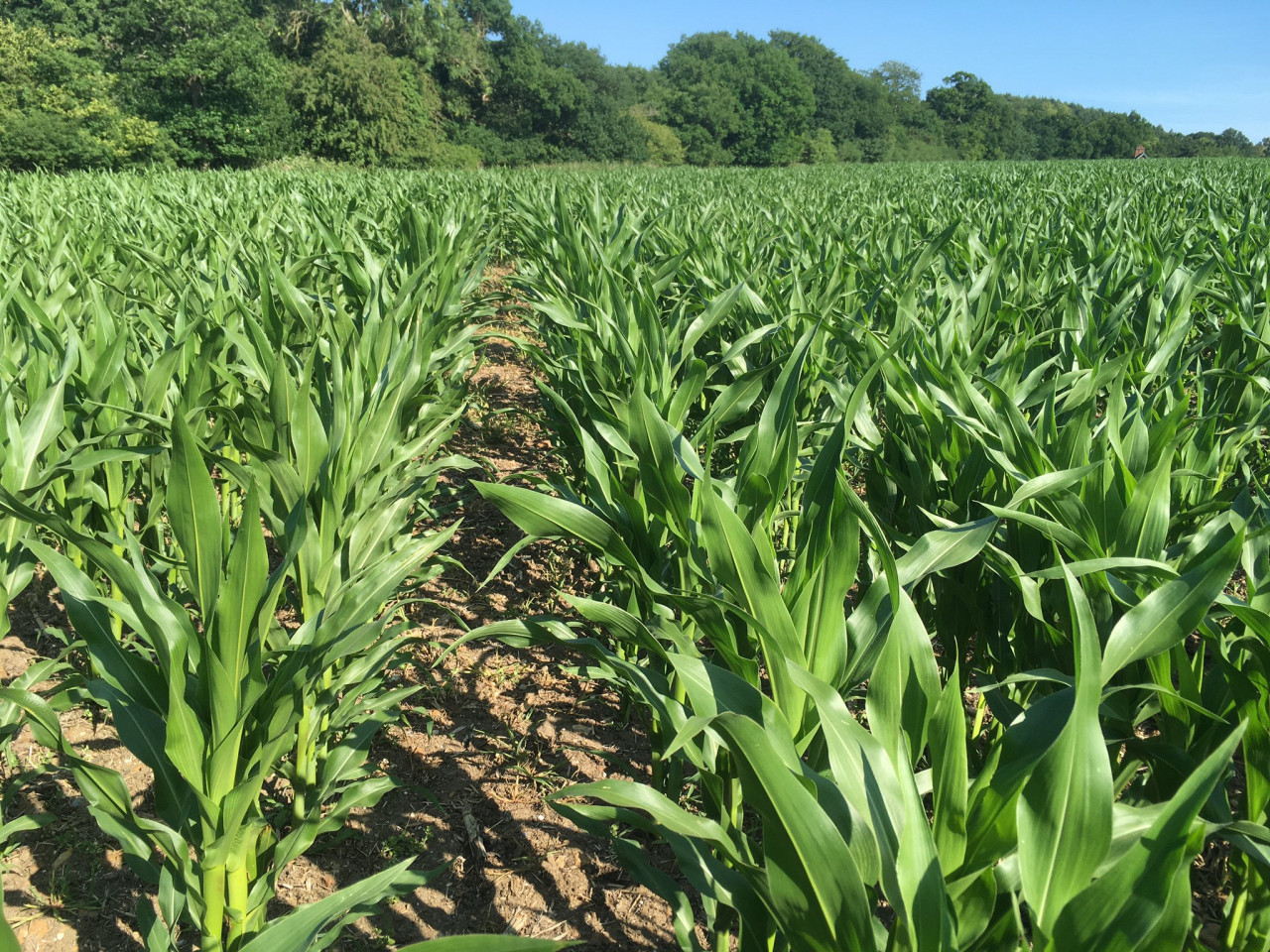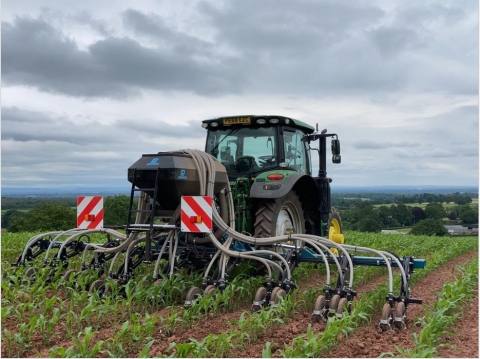Could maize be the answer for your 2024 rotation?
Throughout 2023, the weather played its part for many maize growers. Adverse conditions made the task of growing a successful crop interesting to say the least.
Maize sowing was delayed in many areas due to a very wet March and April. It was then followed by drought conditions into June where the heat set maize on its way to record harvest yields. July arrived and so did the rain - just in time for cereal harvest! It almost feels like it hasn't stopped raining since.
Harvest wasn't easy for any of the arable crops, least of all spring cereals. Dry conditions throughout the establishment period meant a lot of crops struggled to tiller and when the rain eventually came, it caused secondary tillering in a lot of spring barley.
This has shown up particularly in germination tests, as many spring cereal seed lots have failed. Those that have passed have been up to 30% lower yielding than expected, potentially adding to the already negative situation.
The wet autumn presented even more challenges for cereal growers - as little as 10% of the anticipated winter wheat plantings went ahead in some areas. This created a high demand for spring cereal seed which sold out before the end of November.
Grain maize could be a suitable alternative
Though we're only a few weeks into 2024 it has brought even more wet weather, causing floods and reducing the chance of any further winter wheat plantings.
If you find yourself in this situation, you may be asking yourself what other options you have. If you haven't considered it already, grain maize could be a viable alternative to your typical spring cropping.
As a break crop, maize fits nicely into an arable rotation, particularly on the drier eastern side of the UK. Maize also has the potential to deliver a gross margin equal to a first wheat.
Positive market opportunities
At Frontier, our trading experts are working with several growers to develop a home-grown maize market and although in its infancy, the momentum is building.
In the most recent issue of our AGRONOMY newsletter, Colchester based farmer, James Faulkner shares how he uses grain maize to build a more resilient rotation and to contribute to his bottom line. Read more here about how he now supplies both the anaerobic digestion and grain production markets.
Funding opportunities
The Sustainable Farming Incentive (SFI) has made maize an even more attractive prospect for many businesses. There are a few actions which incorporate the crop and can result in additional revenue via the scheme, including:
- SAM2: Multi-species winter cover
This action should be established and maintained throughout the winter months (December, January and February) and you can receive a payment of £129/ha. You'll have the benefit of protecting the soil surface and supporting root growth which helps soil structure, aids soil biology and reduces nutrient leaching, soil erosion and run off.
- IPM4: No use of insecticide on arable crops and permanent crops
Using this integrated pest management (IPM) action on a whole field parcel of land means you're managing crop pests in a more sustainable way, while also safeguarding water and air quality. This option also contributes to increased biodiversity. You can receive a return of £45/ha.
- IPM3: Companion crop on arable and horticultural land
This action doesn't need to be present for the full growing period but is designed to support an IPM approach through the provision of a 'trap crop' for pests as well as supressing weeds. It also provides a habitat for birds and pollinators, helps to manage nutrient efficiency and protects soil. You'll receive £55/ha for this action.
- Countryside Stewardship (CS) – SW5: Enhanced management of maize crops
With this option you'll need to harvest a maize crop by 1st October, then establish a quick growing cover crop by 15th October.
Harvesting maize early in suitable conditions reduces the risk of soil damage and post-harvest loss. The cover crop you use can reduce the risk of soil erosion and surface runoff. It also takes any nutrients up and reduces nitrate leaching through the soil. A payment of £203/ha is available.
- Undersowing maize
If you undersow your maize crop with a multi-species mix such as Kings Sprinter, this qualifies as either a companion crop or a multi-species cover crop if left over winter. The crop can then be grazed over the winter months or cut before the following maize crop. £174/ha is achievable if the maize crop didn't receive an insecticide.
There's clearly a demand for maize and the crop has the potential to gain truly profitable margins, while also providing a number of environmental and rotational benefits when incorporated in the right way. If you'd like more advice about how you can make the SFI and CS schemes support the inclusion of a maize crop in particular, you can visit the Government website for specific option details or speak to your local Frontier or Kings advisor for help and ongoing support.
Alternatively, you can get in touch directly here.
As a subscriber, you’ll receive email alerts each time a new blog is published so you can always stay updated with the latest advice and insights from our experts







Comments